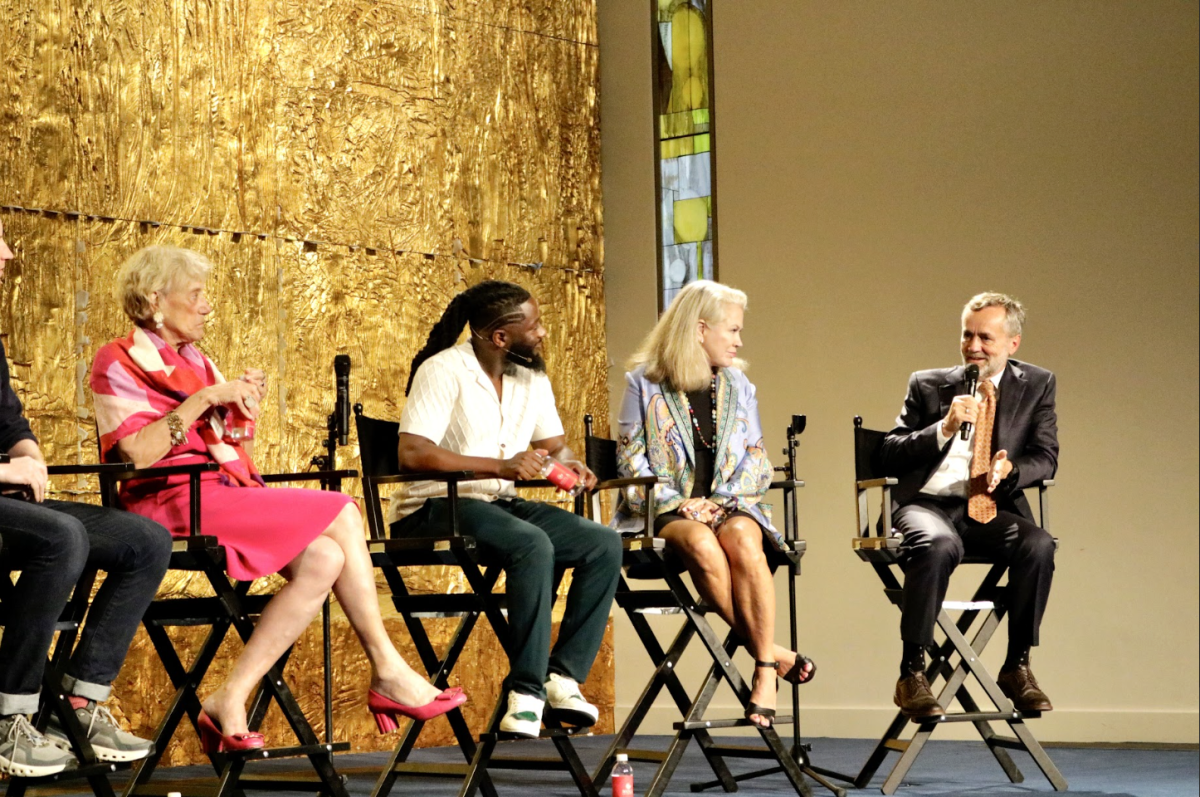
Courtesy | diswhiz.com
As a child of the 90s, I grew up with real Disney classics: “Aladdin,” “The Lion King,” “Hercules,” “Mulan,” “Pocahontas,” “Beauty and the Beast” and so many others that augmented the prestige established by Walt Disney in 1937 with “Snow White and the Seven Dwarfs.” For nearly six decades, artists used hand-drawn cinema technology to bring fairy tales to life and create new ones in the process.
In 1995, at the age of 4, I saw “Toy Story.” It was like watching a video game that somehow came to life as a movie, and I was thrilled by it. However, it took the budding company known as Pixar a few more years to seal its stature. By the mid-2000s, Pixar had achieved its patented sense of charm and wonder by truly exploring the depths of human imagination and how it could speak to both children and adults.
I myself didn’t become truly enamored with Pixar until seeing “Finding Nemo” in back in 2003. For me, “Nemo” represents the essence of the Disney spirit. It’s beautiful, joyous, heart-rending, unceasingly entertaining and accessible to all ages. Now, in 2012, a 3D version of this modern masterpiece is out in theaters, and for once I’m not annoyed by a 3D re-release! Sure, its fun to go see “Titanic” or “Phantom Menace” in three dimensions, but for a Pixar movie it means so much more. In my opinion, 3D should be a schtick used only in animated features. 3D shouldn’t be forced, as it typically is with live-action, but used to enhance what is already amazing. “Nemo” is amazing enough in 2D, hence the enhancement.
Finding Nemo impresses with story and digital make-over
As I watched “Finding Nemo 3D” I was very aware of how each frame had been carefully lifted and digitally refurbished. It looked like a completely new Pixar production, not a make-over from over nine years ago. The technology behind this stuff is mind-boggling, and it shows how greatly the medium has evolved since the use of ink, paint, paper and camera. It’s a digital world now, and cartoons have followed suit. Yet even amidst the complex, high-tech manner by which Pixar creates its products, there is still a very old-fashioned element running through their films — the story.
Pixar has shown us that for maintaining consistency at the box office and ensuring critical success while speaking to the hearts of a general audience, the story is your most important tool. A film can be bright and gorgeous, but if the story is lackluster and the characters bland then you might as well be staring at a screensaver for two hours. Since “Toy Story,” Pixar has used its digital format to push the animation genre while preserving its fantastical innocence. Dreamworks is another masterful company when it comes to quality animated films, but I would be much more inclined to tell “Nemo” as a bedtime story than “Shrek” or “Monsters vs. Aliens.”
Pixar purity brings childhood magic to life again
I was reminded while watching the 3D “Nemo” how much a Pixar movie can make you feel like a kid again. The humor is wholesome and emphatically clever, yet even beyond the stark comedy there is a moral heartbeat at the center of each and every one of Pixar’s features. This life force contributes to the timelessness of their stories. Sure, there have been a few Pixar releases that don’t measure up to their greatest hits; “Ratatouille” and “Cars 2” didn’t fare as well with audiences as favorites like “Wall-E” and “Up.” Even the most recent “Brave” got mixed reviews. However, every time a Pixar project is announced and released there’s a frenzy, and that’s because people know what to expect when buying their ticket. These movies speak to us. They put smiles on our faces and help us remember what it was like to play with toys when we were small or imagine ourselves as superheroes or imagine the everyday world of a tiny bug.
In terms of the 3D reformatting, I wouldn’t be surprised if it were eventually done to every single Pixar movie, nor would I be averse to it. It would be a great way to expose the older films like “Toy Story,” “Toy Story 2” and “A Bug’s Life” to kids today, as well as remind my generation why we fell in love with them in the first place. Again, 3D would only enhance these gems; the films themselves are solid enough to begin with.
Pixar’s purity is its greatest attribute, and I hope that they continue their legacy of originality and youthful fervor so that my kids can enjoy them as much as I have and will continue to. “Finding Nemo,” admittedly my absolute favorite of all Pixar features, is just as fun to watch now at 21 as it was when I was 12. That’s the perk of a Pixar movie. That’s something special.







